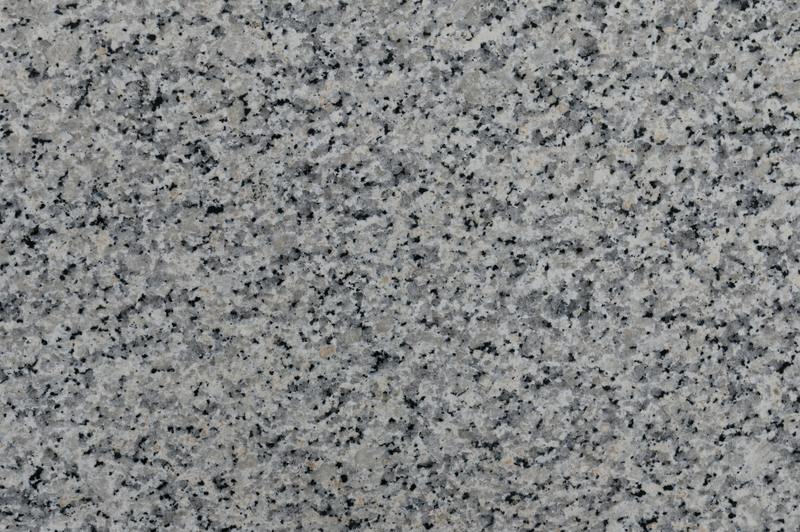It is not hard to find out how to fix water damaged granite. This material is a popular resource for home flooring, countertops, and other surfaces that need to be smooth and great-looking at the same time. Granite’s simple yet elegant coarse-grained design adds a luxurious feel to any places and areas it is incorporated to.
However, despite its durability and clean-looking appearance, it can acquire water stains upon constant exposure to water. Luckily, there are available ways and methods that you can try to bring it back to its previous glory.

How Does Water Damage Look On Granite
The most usual form of water damage on granite is water stains. Although it is mainly not permanent damage, it can still be hard to remove, especially if the stain has already sunk into the surface. Staining can also be caused by other liquids such as cooking oils, juices, wine, and more, given that the granite is on the countertop.
You can seal the surface with a sealant to prevent the water from seeping into the material’s pores, but a poor application can leave out spaces where moisture can enter.
Another form of granite damage is hazing, wherein a cloudy or hazy look develops on the material’s surface. This is most often caused by using the wrong cleaning products, but this is not something a good cleaner cannot fix.
How To Restore Water Damaged Granite
Water damage on granite is stubborn and sometimes even hard to remove. To fix it and prevent staining from happening again, here are a few methods that you can try at home.
Materials that you will need:
- Mild dish soap
- Microfiber towels
- Sponge
- Baking soda
- Hydrogen peroxide
- Bowl
- Spoon
- Plastic wrap
- Stone cleaner
- Granite Sealer
Tip #1. Keep the granite dry
It is almost impossible to prevent granite from being wet because it is often used in places with water, such as the kitchen and bathrooms. However, you can avoid hard-to-fix water damage by cleaning your granite surfaces regularly.
To do so, you can use a clean sponge with mild soap. After that, wipe the surface with a clean microfiber towel.
If you plan to do this every day, make sure to remove the traces of soap on the granite. The residue can make the surface look dull and leave a white cast.
The stain will be much harder to remove if you leave standing water for an extended period or let it dry on the surface. If you see spills on granite countertops and splashes on granite walls, be sure to wipe and dry them right away.
Tip #2. Use a stone cleaner
Granite is a natural stone, so one of the best ways to keep your granite surfaces clean and looking good is through the help of stone cleaners. This solvent has a specific formulation to leave a shiny finish on the stone while keeping the sealant protected and free from scratches.
Tip #3. Make a paste
If the water stain solidified on the granite surface, a much powerful cleaner would be required to fix the problem. However, using abrasive cleaners is not recommended, for it can only worsen the situation. To create a paste, here’s what you can do:
Step #1. Combine one part of water and baking soda to make a paste.
Step #2. Rub the paste into the concerned area and gently scrub it using a soft-bristled brush.
Step #3. Rinse the area with water and use a clean cloth for drying.
Tip #4. Use a poultice
A poultice is usually used in treating inflammation and swollen body parts, but you can also use one to treat surfaces. There are available poultices that you can buy in stores and supermarkets that target stone care. You can also make your mixture using available ingredients you can find in your storage and cabinets.
To use poultice as a granite cleaner, here are the steps to follow:
Step #1. Mix one part baking soda with 3% hydrogen peroxide.
Step #2. Apply the paste/poultice concentrated into the affected surface and water stains.
Step #3. Cover the poultice with plastic wrap and allow it to sit for as much as 24 hours. Poultices require a cover to work more effectively.
Step #4. Remove the paste using a damp cloth. You can scrub the surface with a soft brush and reapply as often as you need until the water stains are gone. Make sure to dry the area afterward.
Tip #5. Use a razor blade
You should only use this method on stubborn water stains because doing this risks scraping too much of the sealant. To do so, scrape away the stains from the surface. Be sure to do it carefully and only use small movements to avoid further damaging the granite surface.
How To Protect Granite From Water Damage
Preventing your granite from getting wet is hard, so it would be best to find ways to protect it from water damage. You can achieve this through sealing, which is work you can do without the help of an expert. It works by filling in the stone’s pores so no water and other liquids can penetrate the surface and cause hazing and staining.
Before sealing, you should first find out what kind of granite stone you have at home because it will determine the recommended timeframe for resealing. A typical granite countertop would require resealing only once per year.
Conclusion
There are many available methods on how to fix water damaged granite, whether it is on your countertops, floor, or walls. Still, the most effective way to preserve the beauty of this material is by using the appropriate sealant at least once every year. Overall, it is not a tricky fixture to maintain, as long as you know how to take care of it.
